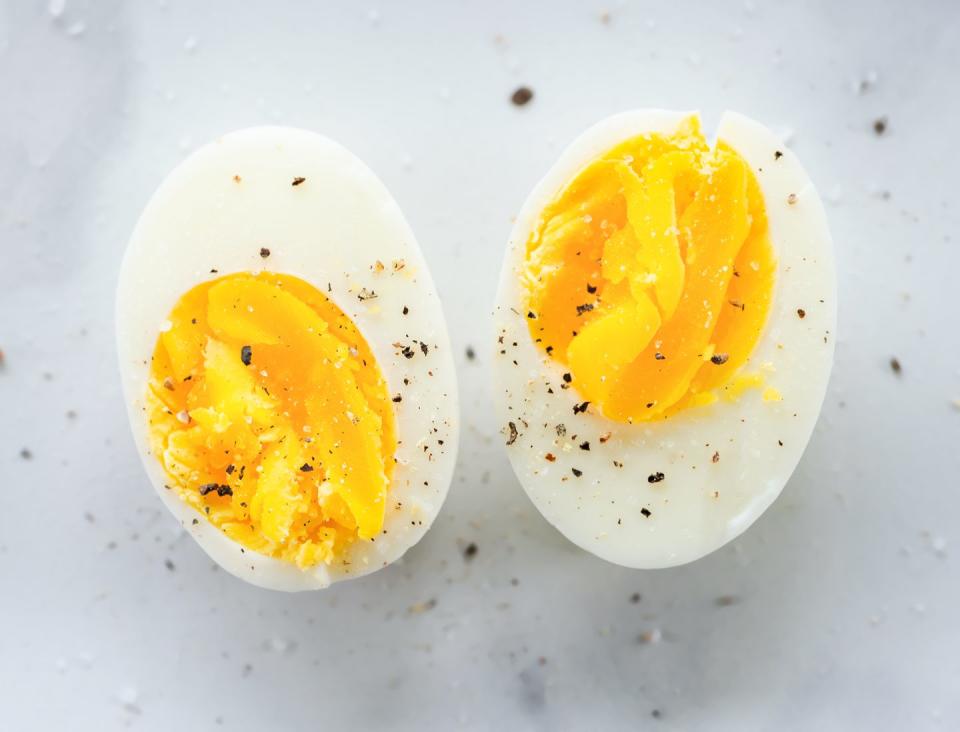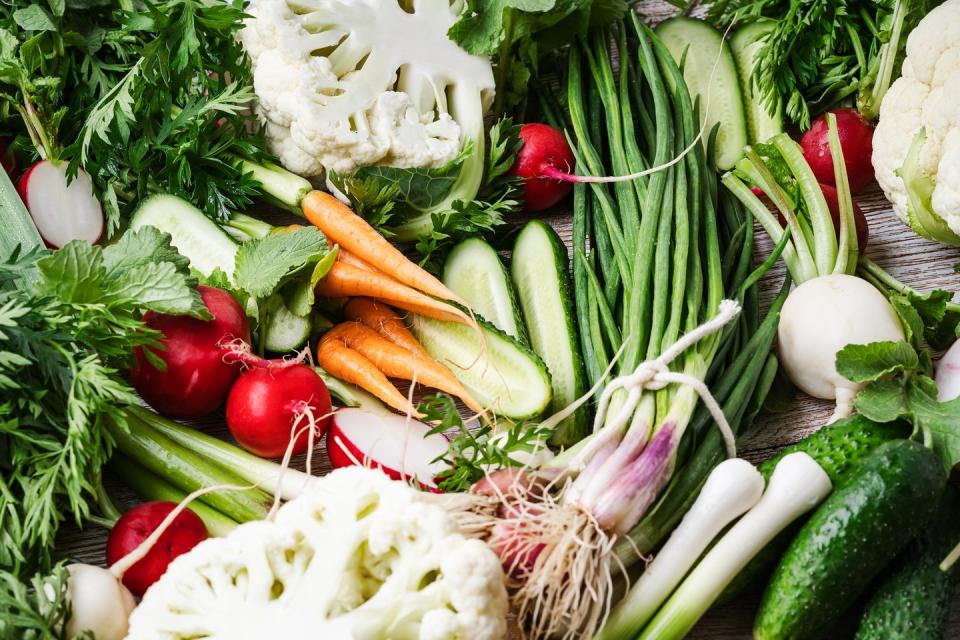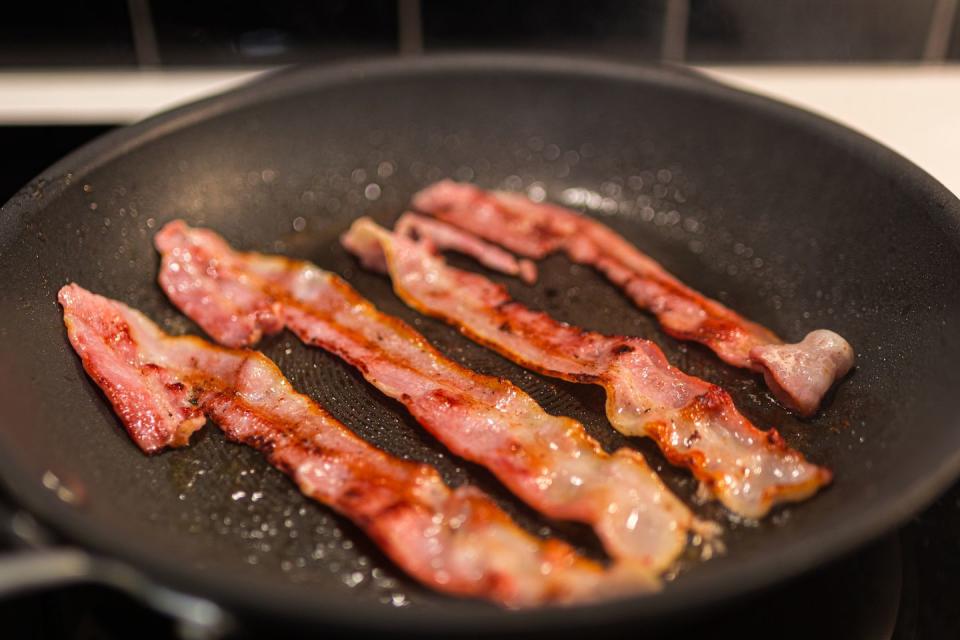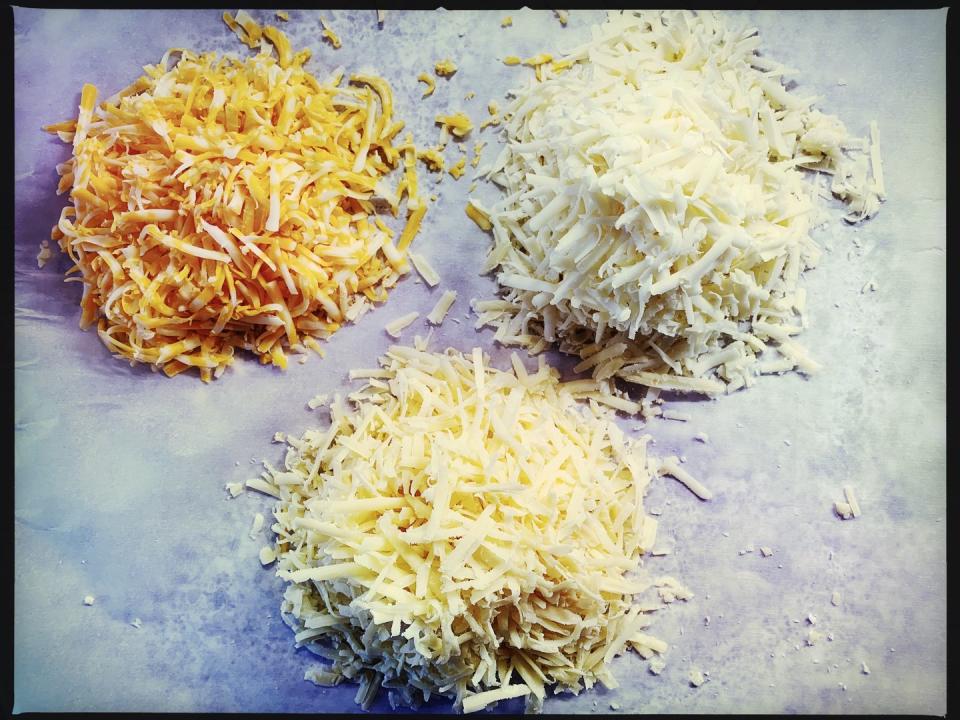The Keto Diet Foods You Really Should Not Eat, According to Health Experts














The Keto Diet Foods You Really Should Not Eat, According to Health Experts
The keto diet probably isn’t anything new to you. During its prime, it was hard to scroll through social media without seeing a jaw-dropping transformation photo. And though the diet has received some negative reviews due to the many keto side effects, there are ways to make the diet work for you and your body. If cutting back on carbs is something you’re looking into, we tapped dietitians to break down the go-to keto foods you should definitely put on your plate, and the few keto-approved foods you should probably avoid.
And keto diets aren’t just great for dropping weight. Molly Devine, R.D., L.D.N., founder of MSD Nutrition Consulting, a telehealth-based nutrition counseling service covered by most insurance companies, says a keto diet can be beneficial. The diet can reduce inflammation and joint pain, improve gut health, better glycemic index control, reduce hunger between meals, reduce sugar and carb cravings over time, improve brain function, and reduce bloating and fluid retention. “Some people do experience weight loss on a ketogenic diet, but this is not the case for everyone and this should not be the sole factor for trying a ketogenic diet,” she notes.
In general, ketogenic diets consist of just 5 percent carbs, 15 percent protein, and a whopping 80 percent fat. This ratio of nutrients forces your body to use stored fat for fuel, encouraging weight loss. But this ratio can vary based on your activity level, age, and weight, Devine says. She typically recommends clients aim for 70 % to 80% unsaturated, plant-based fat, 20% to 25% protein, and under 10% carbohydrates, coming mostly from high-fiber plants and non-starchy vegetables.
Here’s the thing, though: We don’t know the effects of following this kind of diet long-term, and yes, some fitness pros (like Jillian Michaels) worry it presents some risks. The best way to stick to the diet and also ward off potential trouble down the road? Be smart about which foods you rely on to hit your daily nutrient quota.
Some low-carb dieters go all out on butter-topped bacon and steak and eat very little produce, but that’s not exactly the smartest move, says Kristen Mancinelli, R.D., author of The Ketogenic Diet. “A big misconception is that you should just put meat at the center of your plate and add more fat on top,” she says.
Devine agrees, warning that a ketogenic diet not done properly can lead to a slew of health concerns such as increased cholesterol, weight gain, and increased blood pressure.
So what should you be reaching for? Here’s a look at the best keto diet foods that can help you thrive when making delicious keto recipes, plus the surprising ones you might want to avoid—or at least eat in moderation.
Here’s a look at the best foods you can eat when following the ketogenic diet, plus the surprising ones you should keep off your keto diet foods list.